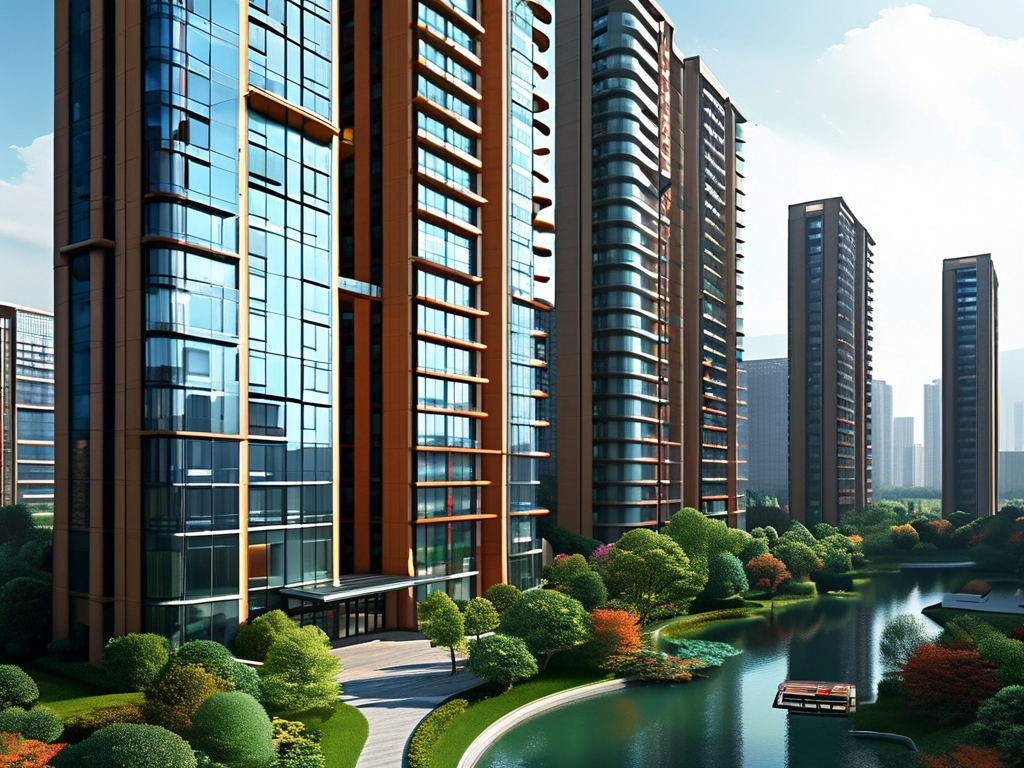In the era of rapid urbanization and climate challenges, cities worldwide are turning to technology to build smarter, greener futures. Among these pioneers is Greentown, a leading advocate for sustainable urban development. At the heart of its innovation strategy lies a team of unsung heroes: AI algorithm engineers. This article explores how these professionals are reshaping urban ecosystems, driving efficiency, and fostering environmental stewardship through cutting-edge artificial intelligence.
The Intersection of AI and Urban Sustainability
Greentown’s vision to create carbon-neutral, livable cities relies heavily on data-driven decision-making. AI algorithm engineers design systems that analyze vast datasets—from energy consumption patterns to traffic flow—enabling predictive modeling and real-time adjustments. For instance, their algorithms optimize public transportation routes to reduce emissions while ensuring commuter convenience. By integrating IoT sensors with machine learning models, they monitor air quality and automatically trigger pollution-mitigation measures, such as adjusting smart streetlights or redirecting traffic.
One flagship project is Greentown’s Smart Grid Initiative. AI engineers developed neural networks that predict energy demand fluctuations based on weather forecasts, historical usage, and even social event schedules. This allows renewable energy sources like solar panels and wind turbines to operate at peak efficiency, slashing reliance on fossil fuels by 34% in pilot districts.
Challenges in Algorithm Design for Sustainability
Creating AI solutions for urban sustainability is no small feat. Engineers must balance technical precision with ethical considerations. For example, traffic optimization algorithms could prioritize emergency vehicles but must avoid disproportionately disadvantaging low-income neighborhoods. To address this, Greentown’s teams employ fairness-aware machine learning, embedding equity metrics into their models.

Another hurdle is data scarcity in emerging sustainability domains. When designing algorithms for waste management, engineers faced limited historical data on recycling behaviors. Their solution? A hybrid approach combining reinforcement learning with citizen engagement apps. Residents receive personalized feedback on recycling habits, while the AI system learns from aggregated data to improve landfill diversion rates.
Collaboration Across Disciplines
AI algorithm engineers at Greentown rarely work in isolation. They collaborate with urban planners, environmental scientists, and policymakers. A recent partnership with hydrologists led to a breakthrough in flood prediction. By training deep learning models on decades of rainfall data and satellite imagery, the team created a system that forecasts floods 48 hours in advance with 92% accuracy—a tool now used across Southeast Asian cities prone to monsoon disasters.
Ethical AI governance is another priority. Engineers participate in public forums to demystify AI’s role in sustainability, addressing concerns about data privacy. Transparent algorithms and anonymized datasets have become non-negotiable standards, earning Greentown recognition from the Global AI Ethics Consortium.
The Future: AI-Driven Circular Cities
Looking ahead, Greentown’s engineers are pioneering the concept of circular urban economies. Projects include AI-powered material recovery facilities that sort and repurpose 98% of construction waste, and blockchain-integrated systems for tracking recycled resources. A generative AI platform even assists architects in designing buildings that minimize embodied carbon while maximizing energy efficiency.
However, the human element remains central. Engineers are developing AI tutors that train municipal workers in sustainability practices, ensuring technology complements—not replaces—human expertise. As Dr. Li Wei, Greentown’s Chief AI Officer, states: “Our algorithms aren’t just lines of code—they’re bridges between technology and humanity’s ecological aspirations.”

Greentown’s AI algorithm engineers exemplify how technical prowess can align with planetary responsibility. By tackling urban challenges through innovative algorithms, they prove that sustainability and technological progress are not just compatible but mutually reinforcing. As cities globally race toward net-zero goals, the work of these engineers offers a blueprint for harmonizing human habitats with the natural world—one algorithm at a time.


